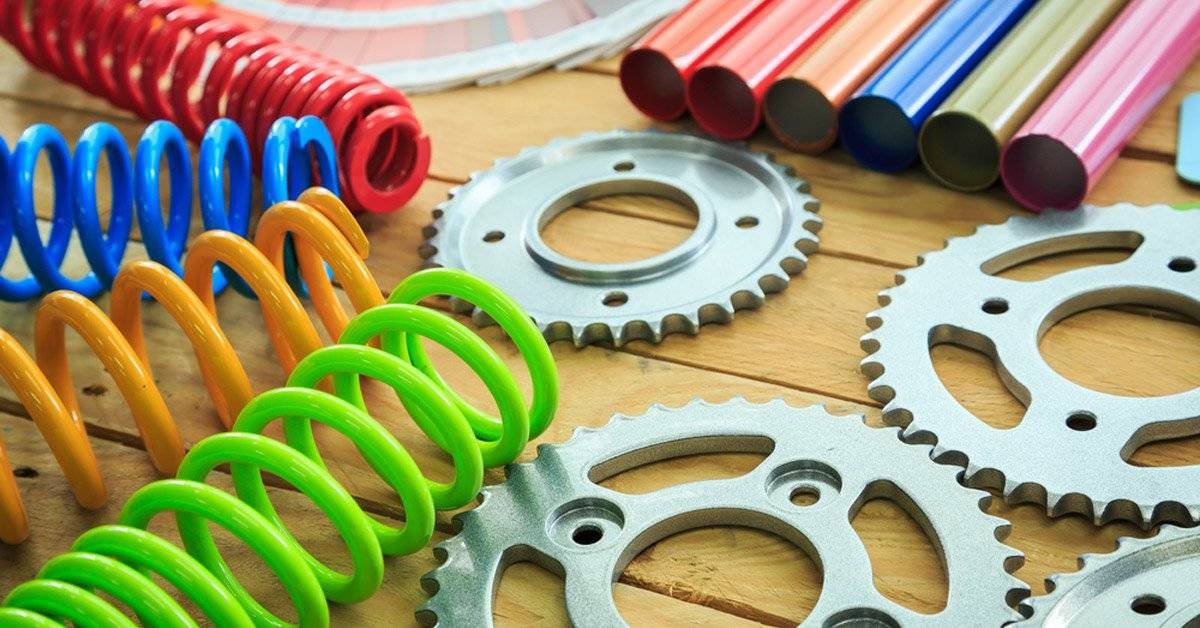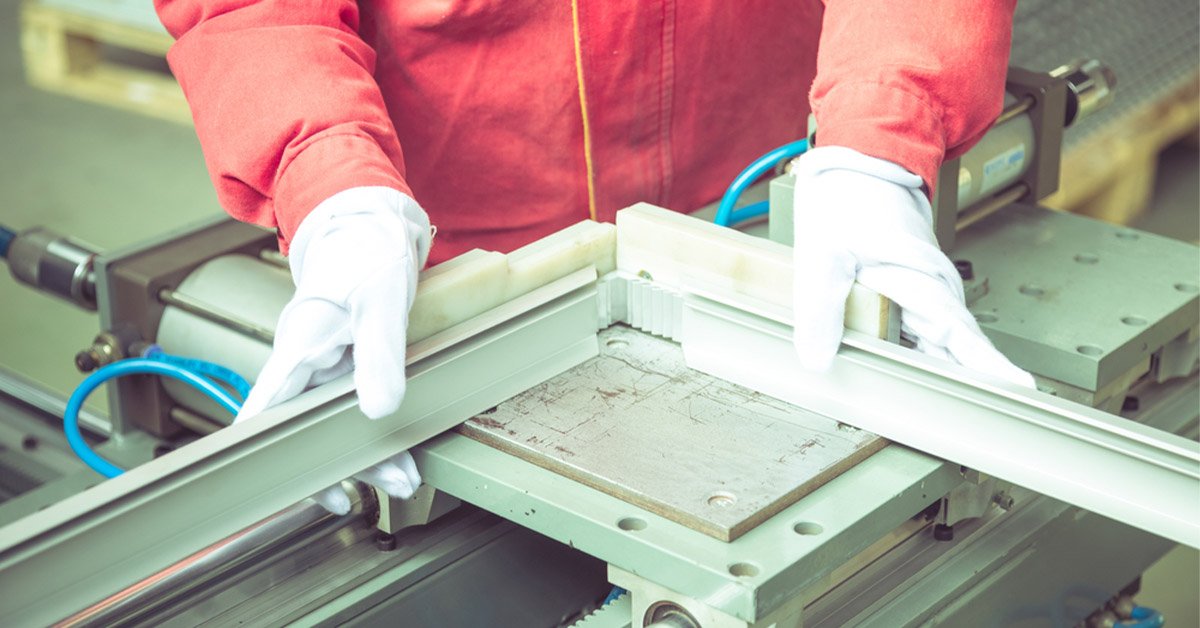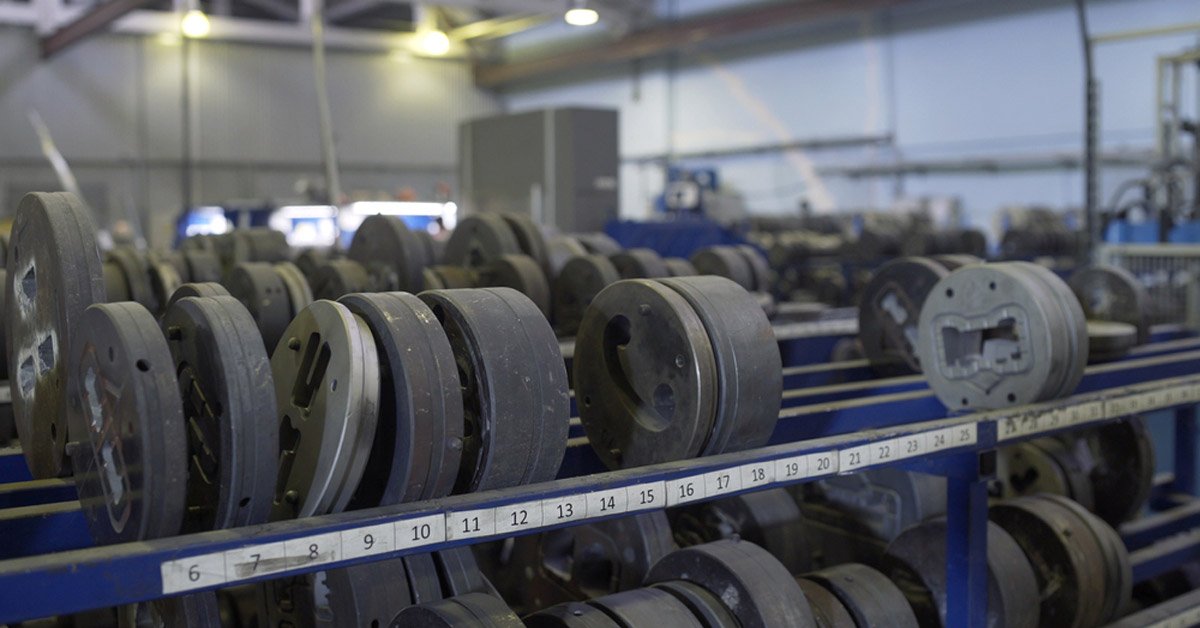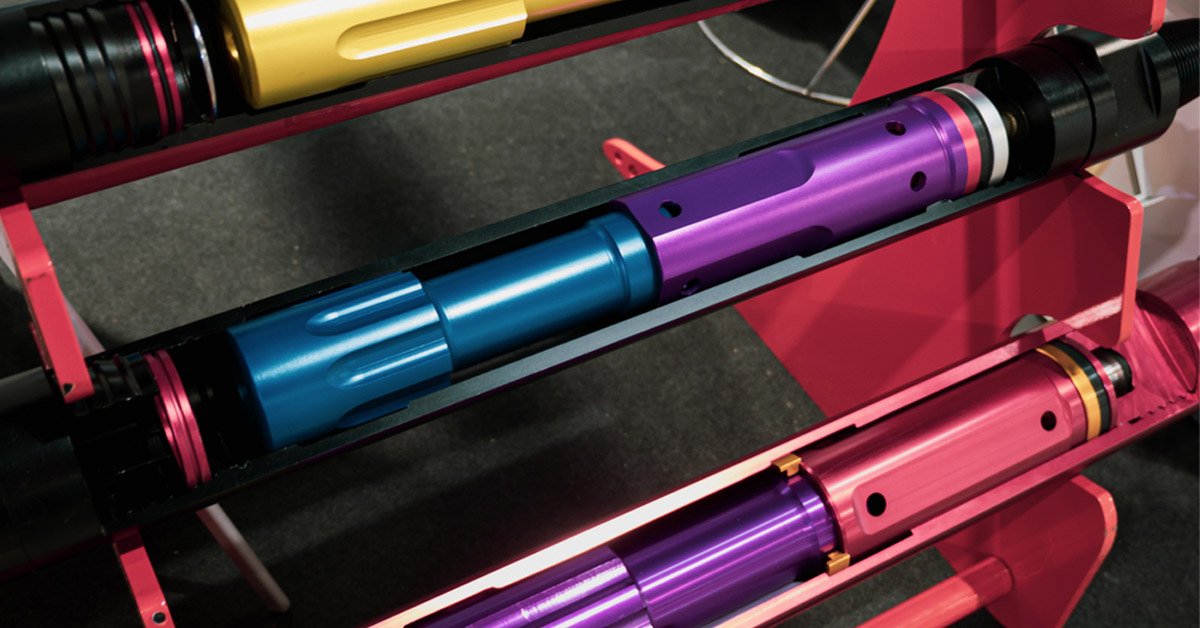Aluminium is one of the most widely used metals across various industries due to its lightweight, strength, and resistance to corrosion. However, to ensure that aluminium maintains its optimal performance and longevity, the application of advanced coatings has become increasingly important. Aluminium coating durability plays a crucial role in enhancing the product lifespan of aluminium-based products, from household appliances to architectural elements.
In this blog, we’ll explore how aluminium coatings contribute to the longevity and durability of products, why they are essential, and how they can be applied effectively to maximize performance.
What is Aluminium Coating?
Aluminium coating refers to the process of applying a protective layer on the surface of aluminium to enhance its properties. This layer serves as a barrier against external elements like moisture, air, chemicals, and UV rays, all of which can cause the metal to corrode or degrade over time. Coatings can be applied in various forms, including paint, anodizing, powder coating, or metal plating, each offering distinct benefits for product lifespan.
The primary purpose of aluminium coatings is to improve the aluminium coating durability and resistance to wear and tear, which ultimately enhances the product lifespan of the materials or products that incorporate aluminium as their base material. By protecting the aluminium from environmental stressors, coatings ensure that products remain functional and aesthetically pleasing for longer periods.
How Aluminium Coatings Enhance Product Lifespan
- Corrosion Resistance
One of the most significant factors affecting the product lifespan of aluminium is corrosion. Exposure to moisture, air, and salt in the environment can cause aluminium to corrode, weakening its structural integrity. Aluminium coatings provide a protective layer that shields the metal from such corrosive elements. Whether it’s powder coating, anodizing, or galvanizing, the coating prevents the penetration of water or air, significantly extending the aluminium coating durability and ensuring that the products made from aluminium last longer, even in harsh environments.For instance, powder coating creates a hard, resistant layer that is particularly effective in preventing corrosion, making it ideal for outdoor products like window frames, railings, and vehicle parts. - UV Protection
Sunlight can be detrimental to both the appearance and the structure of materials, especially metals like aluminium. UV rays from the sun can cause fading, discoloration, and deterioration of the metal over time. Aluminium coatings, particularly those that involve the use of UV-resistant compounds, help protect the metal from the harmful effects of prolonged sun exposure. By adding this extra layer of protection, coatings ensure that aluminium products retain their appearance and performance for years, boosting their product lifespan.Anodizing is an excellent example of a process that can incorporate UV resistance into the coating, making it ideal for outdoor structures or components exposed to sunlight.
- Abrasion Resistance
Products exposed to heavy wear and tear, such as automotive parts, machinery, or kitchen appliances, are at risk of surface damage due to friction and abrasions. Applying aluminium coatings enhances the product lifespan by providing a durable, scratch-resistant layer that prevents wear and tear. This ensures that the product maintains its functionality and appearance over time.Coatings like powder coating offer a high degree of abrasion resistance, making them perfect for products that need to withstand physical contact and mechanical stress regularly.
- Enhanced Aesthetic Appeal
While the primary function of aluminium coatings is to provide protection, they also serve an aesthetic purpose. Coatings can improve the appearance of aluminium by adding color, texture, and shine. This is especially important for consumer-facing products like electronics, furniture, and home decor items. Advanced coatings like anodizing can give aluminium a sleek, polished look, while powder coating can provide a glossy or matte finish in a variety of colors.By keeping aluminium looking fresh and visually appealing, coatings also contribute to the long-term desirability of a product, ensuring that it retains its market value and remains functional for years.
- Environmental Resistance
Another way in which aluminium coatings extend the product lifespan is by enhancing the product’s resistance to environmental elements such as chemicals, oils, and extreme temperatures. Many advanced coatings create a highly resistant barrier that protects the aluminium from harmful substances, which might otherwise compromise the integrity of the metal. This is especially important in industries such as aerospace, automotive, and construction, where products need to withstand exposure to a variety of chemicals and extreme conditions.For example, anodized aluminium is known for its ability to resist various environmental elements, making it a go-to solution for both indoor and outdoor products in demanding conditions.
- Improved Thermal Resistance
Thermal damage is another factor that can degrade the performance and product lifespan of aluminium products. Aluminium coatings can significantly improve the material’s ability to withstand extreme temperature fluctuations. Coatings such as anodizing can help increase the metal’s resistance to heat, preventing the material from becoming brittle or weak under high-temperature exposure.This enhanced thermal resistance is particularly beneficial in industries such as electronics and automotive manufacturing, where heat exposure is constant and products need to function optimally despite extreme temperature conditions.
Types of Aluminium Coatings and Their Benefits
- Powder Coating Powder coating is a dry finishing process that involves applying a powdered coating to aluminium surfaces, followed by curing it under heat to form a hard, durable finish. The aluminium coating durability provided by powder coating is exceptional, offering high resistance to corrosion, UV damage, scratches, and fading. This makes it ideal for a wide range of applications, from architectural elements to automotive parts.
- Anodizing Anodizing is an electrochemical process that thickens the natural oxide layer on aluminium to create a highly durable and corrosion-resistant finish. Anodized aluminium is also highly resistant to wear, providing long-lasting protection for products exposed to harsh environments. The process can also incorporate dyes to provide a variety of color options, making anodizing a versatile choice for both aesthetics and functionality.
- Galvanizing Galvanizing involves coating aluminium with a layer of zinc to prevent rust and corrosion. This coating improves the aluminium coating durability and is particularly useful for products that will be exposed to moisture or outdoor environments. Galvanized aluminium is commonly used in construction, plumbing, and other industrial applications where corrosion resistance is critical.
- Thermal Spray Coating Thermal spray coatings involve applying a molten material onto the surface of aluminium to create a protective layer. This method is often used for heavy-duty industrial applications, such as in aerospace and machinery. The coatings enhance the product lifespan by providing resistance to corrosion, heat, and abrasion.
Aluminium coatings are a crucial factor in enhancing the product lifespan of aluminium products. Whether it’s improving aluminium coating durability against corrosion, UV damage, abrasion, or extreme temperatures, the right coating ensures that aluminium products maintain their functionality, aesthetic appeal, and longevity for years to come. With advanced coatings such as powder coating, anodizing, and galvanizing, manufacturers can offer products that are not only more durable but also more environmentally resistant and visually appealing.
The process of applying aluminium coatings to various products is not just a protective measure; it’s an investment in ensuring that products perform optimally and last longer, which translates to better value for both manufacturers and consumers. By using the right coating for the right application, the lifespan of aluminium products can be significantly extended, making it a sustainable and cost-effective choice for industries across the globe.




